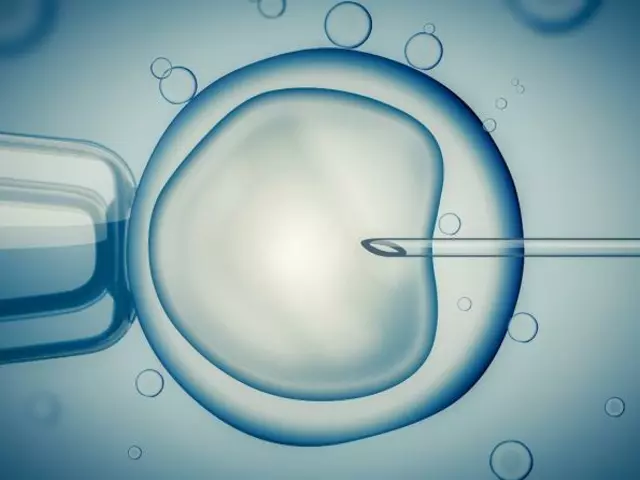Stage 4 cancer sounds like the end of the road, but for some people, it hasn't been. This article digs into who has survived, why outcomes can be so different, and what treatments actually made a difference. You'll find honest examples, treatment tips, and straight answers about whether recovery is possible. Plus, there are some practical tips for anyone who wants to take action now. It's all about cutting through hype and getting real about what's possible.
Read MoreStage 4 Cancer: Real Talk, Options, and Daily Tips
Finding out you have stage 4 cancer can feel like the floor dropping out from under you. You might be flooded with medical terms, scary statistics, and a rush of emotions. The good news is that there are clear steps you can take right now to understand your situation, explore treatment choices, and keep quality of life as high as possible.
What Stage 4 Really Means
Stage 4 means cancer has spread beyond its original site to other parts of the body. It doesn’t mean hope is gone—many people live active, fulfilling lives for years after a stage 4 diagnosis. The key is to know how far the disease has spread, which organs are involved, and what treatments can slow it down or shrink tumors. Ask your oncologist for a simple summary: "What organs are affected? How fast is it growing? What are the realistic goals?" Getting a clear picture helps you make decisions without getting lost in jargon.
Treatment Paths You Can Choose
Even at stage 4, doctors often offer several options: chemotherapy, targeted therapy, immunotherapy, radiation, or a mix of these. Some patients also consider clinical trials that give access to cutting‑edge drugs. Talk with your team about the goals of each option—are they trying to shrink the tumor, relieve symptoms, or both? Knowing the side‑effects helps you plan ahead. For example, our post "Does Your Body Ever Fully Recover from Chemotherapy?" breaks down what to expect after chemo and how to support recovery.
If aggressive treatment isn’t right for you, palliative care focuses on comfort, pain control, and emotional support. It’s not about giving up; it’s about living the best life you can now. Ask for a palliative‑care specialist early—they can help manage pain, fatigue, and mood swings.
Nutrition also matters. Simple changes like adding protein‑rich foods, staying hydrated, and avoiding heavy, processed meals can give your body extra strength. Our article on "Ayurveda Inflammatory Foods" shows how swapping out certain foods can reduce inflammation, which might help when cancer is active.
Emotional health is just as important. Stage 4 can trigger anxiety, depression, or a feeling of isolation. Reach out to a counselor, join a support group, or talk to friends who understand. The post "Most Treatable Mental Illness" offers tips on finding help that actually works.
Finally, stay on top of early warning signs of new problems. The piece "How Long Can Cancer Go Undetected?" explains hidden symptoms that might pop up later. Keep a notebook of any new aches, changes in appetite, or unusual feelings and share them with your doctor right away.
Living with stage 4 cancer is a marathon, not a sprint. By getting clear information, choosing the right treatment mix, caring for your body, and leaning on mental‑health resources, you can keep control and enjoy moments that matter. Remember, you’re not alone—there are doctors, therapists, nutrition guides, and fellow warriors ready to walk this path with you.
Stage 3 and stage 4 are both advanced stages of cancer, but they differ in the extent to which the cancer has spread and the treatment options available. Stage 3 cancer indicates a larger tumor or more extensive lymph node involvement. Stage 4 cancer is marked by the spread of cancer cells to distant parts of the body. Understanding these differences is crucial for choosing the right treatment plan and predicting outcomes.
Read More





